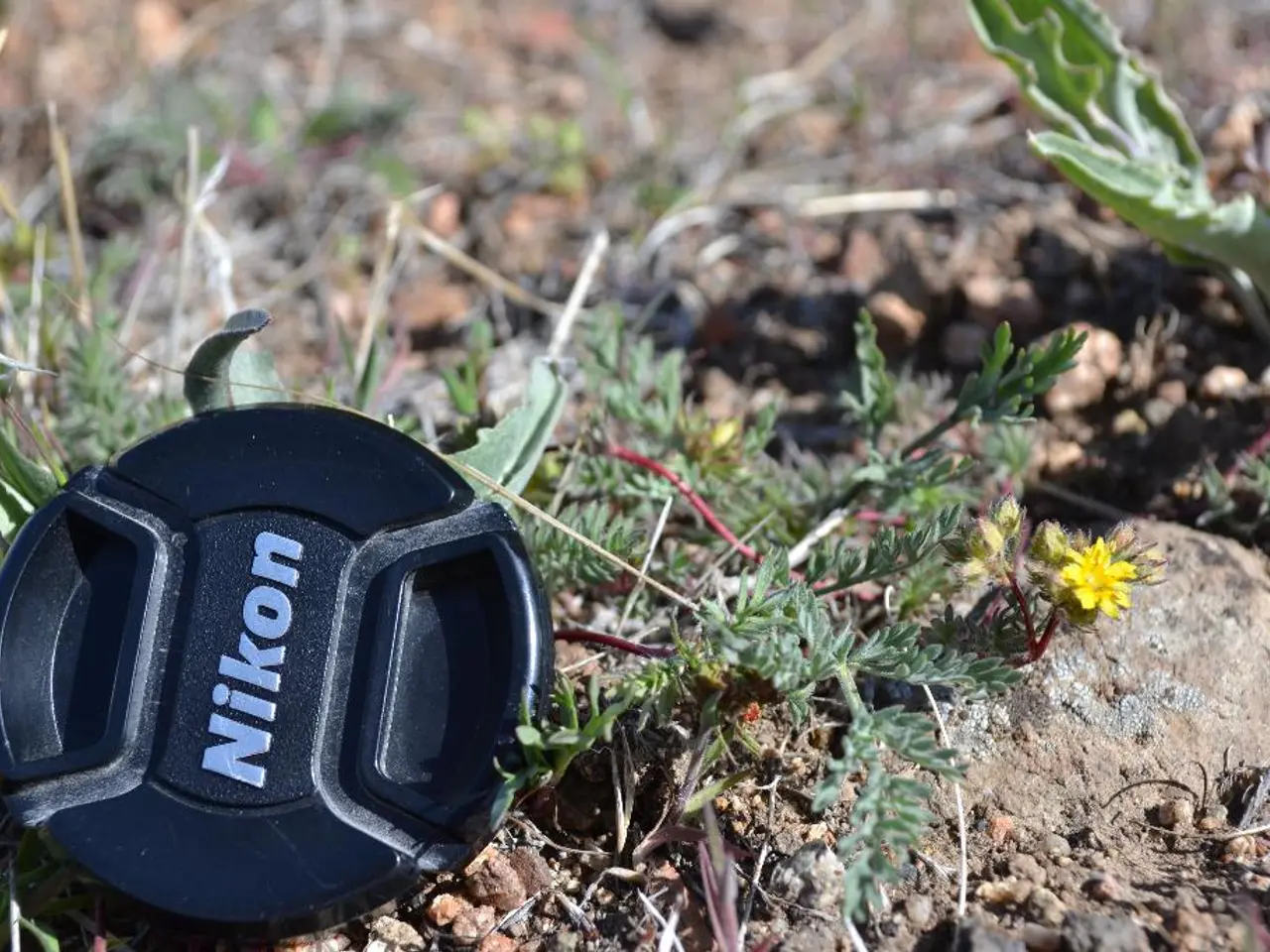Strategies for Reversing a Retreating Lawn
Reviving a Receding Lawn: A Comprehensive Guide
A lush, green lawn is a joy to behold, but maintaining one isn't always easy. Common issues like lack of sunlight, drought stress, overwatering, pet urine damage, pests, and improper fertilizer application can cause a lawn to recede, leading to bare patches and an unkempt appearance. Here's a step-by-step guide on how to revive a receding lawn.
Dealing with Common Causes
Lack of Sunlight: To encourage grass growth in shady areas, remove debris and thin tree canopies to allow more light. Aerate soil and break up compaction to improve root growth. Ensure grass types planted are shade-tolerant where sunlight is limited.
Drought: Water deeply about 1 inch per week if rain is insufficient to encourage deep root growth. Avoid frequent shallow watering that leads to weak roots.
Overwatering: Overwatering can lead to root rot and fungal diseases. Water only as needed and ensure good drainage to prevent fungal pathogens.
Pet Urine: Urine contains high nitrogen concentrations which can burn grass and cause patchy damage. Train pets to use specific areas or dilute urine spots promptly with water.
Pests: Identify pests and apply targeted treatments, maintaining proper mowing and watering to reduce pest outbreaks.
Fertilizer Application: Too much fertilizer can "burn" grass; too little leads to nutrient deficiencies. Use appropriate fertilizer types and apply following recommended rates.
Reseeding
If your lawn is thinning or bare, reseeding can help keep your outdoor space looking lush and neat. Remove debris and aerate soil to prepare the seedbed. Use a seed spreader and rake seeds lightly into soil (about ¼ inch depth). Water consistently for seed germination and reduce mowing height temporarily to help seeds reach soil.
Using Grass Sod
Grass sod can be a quick and easy solution to fill bare areas in a lawn. Lay sod on prepared soil; water daily initially to establish roots. Gradually reduce watering to promote deep rooting. Mow regularly after two weeks to maintain dense turf.
Pest Control
Maintain healthy lawn practices (proper watering, mowing, and fertilizing) to discourage pest infestation. Identify specific pests and apply appropriate control measures, avoiding broad herbicides that may harm lawn types.
By following these steps, you can effectively revive a receding lawn and enjoy a beautiful, healthy outdoor space once again. Happy gardening!
Read also:
- Life Expectancy with Interstitial Cystitis: Exploration of Research, Treatment Methods, and Additional Information
- Signs of Excessive Negativity in Your Surroundings: Recognizing and Managing Them
- Fatal Risks Posed by House Fires Extend Beyond the Inferno
- Effect of Ugandan Labor Regulations on New Businesses: Examination




